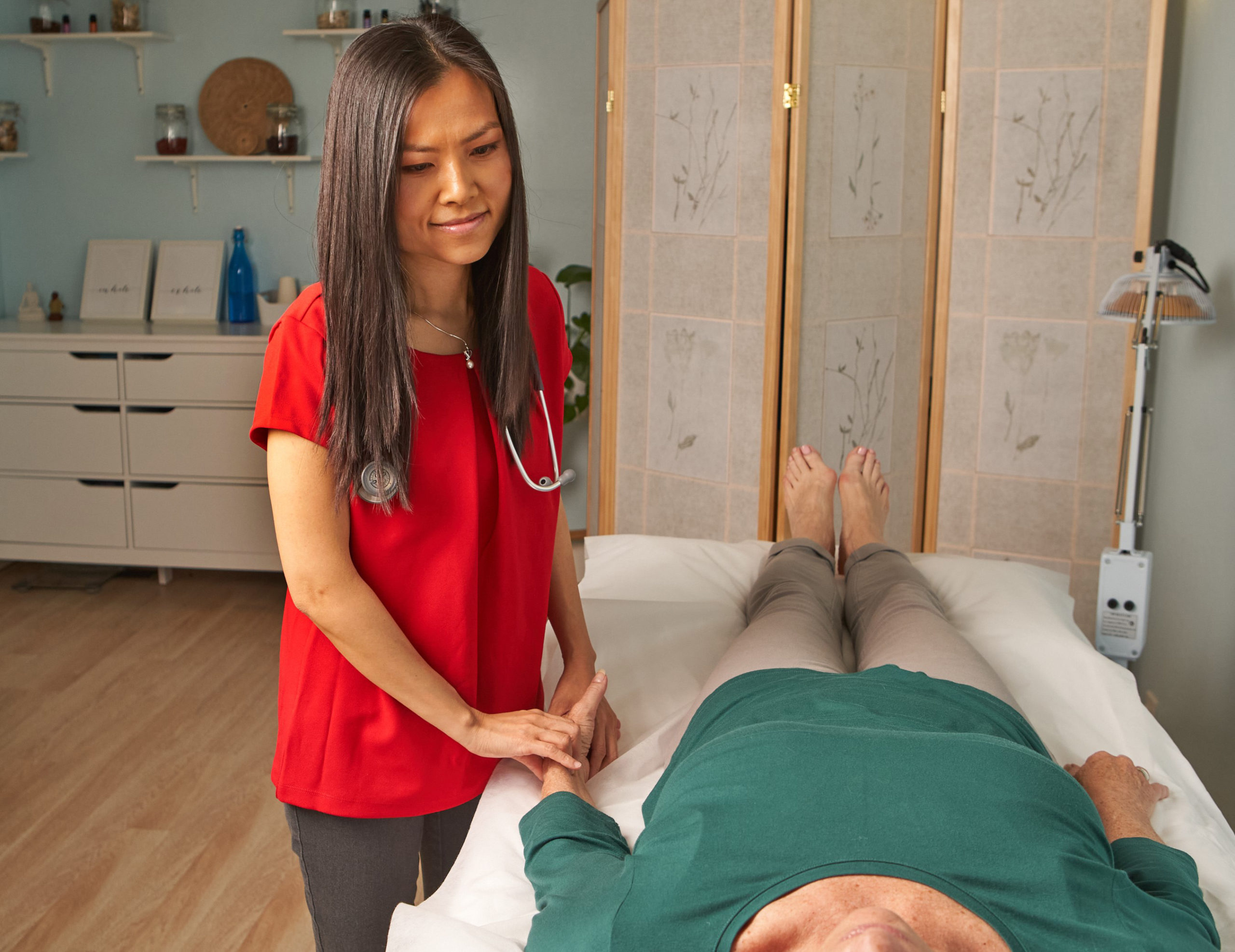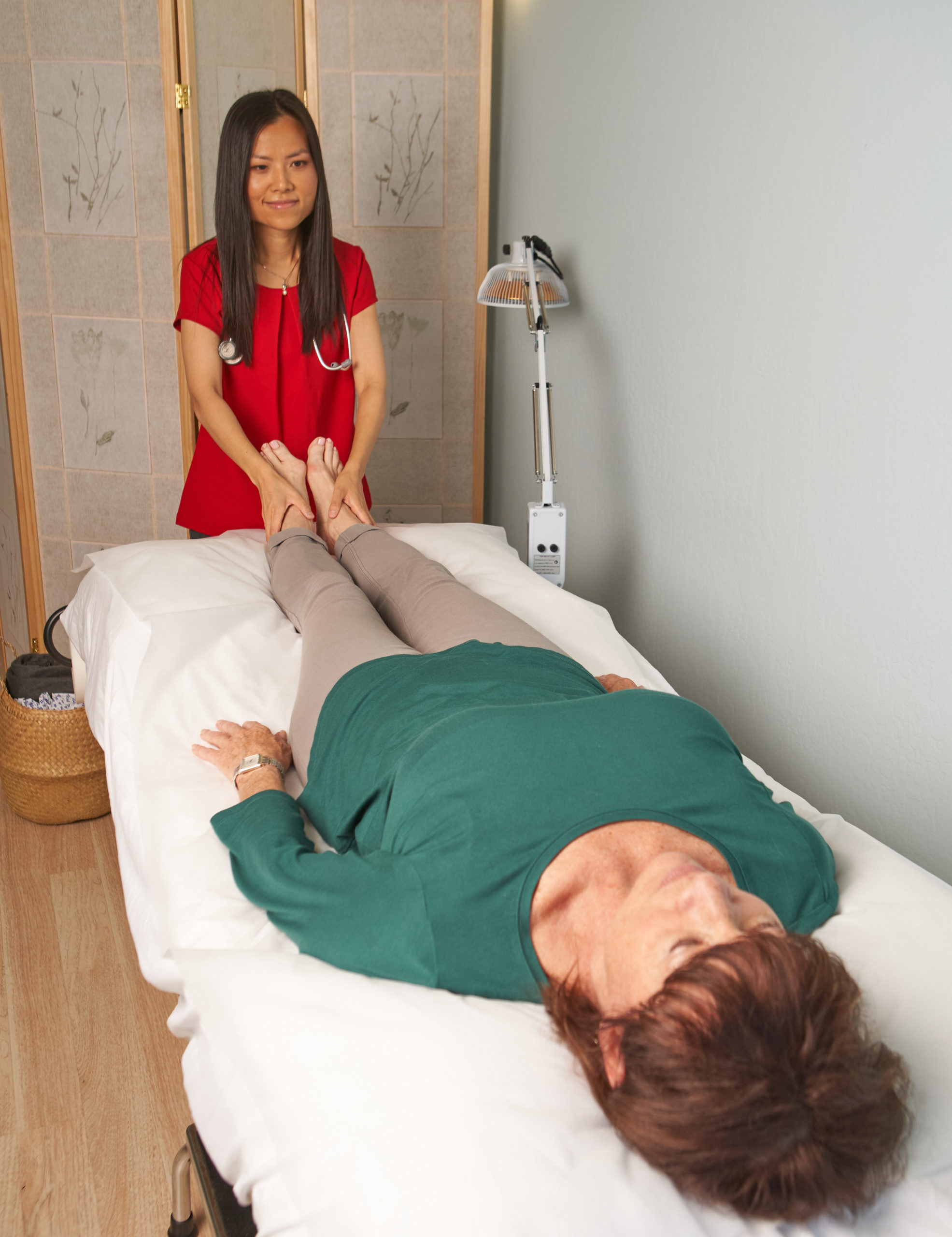
It is not that western medicine has no place in the healing sector; it is simply that a more holistic and integrative approach can be more effective in the short and long term. The primary difference between the two is that traditional Chinese medicine works at uncovering the cause(s) by recognizing the body as one interconnected system. It focuses on health maintenance and strengthening the body’s resistance to diseases. By way of lab tests, Western medicine focuses on eliminating a patient’s symptoms, generally with pharmaceuticals that can adversely affect the body.
Chinese medicine centers around what we feed our bodies/minds, and how we treat our bodies is essential to good health. The Chinese also believe that healthy bodies can remain well by maintaining specific lifestyle habits. For example, getting a good night’s rest is more significant than most people realize.
By making a few lifestyle choices and getting proper holistic treatments as needed, you can improve your health exponentially.
Nutritional Therapy
In traditional Chinese medicine, food and medicine are synonymous, which means selecting foods not only for their taste but also for their nutritional value and healing properties. The philosophy centers around draining dampness from the body, a by-product of eating foods that clog the body’s energy flow. For example, if you have sinus issues, mucus in the lungs, constipation, swollen joints, and excess body fat, you have likely been ingesting too many “damp” foods, such as sugar, dairy, and refined flour.
The ideal nutritional diet would include lots of vegetables, rice, and small quantities of protein, such as meat, fish, and beans. These ingredients will help flush out the dampness and balance your body’s “qi” (pronounced chi).
Body Therapies
Acupuncture, cupping, tuina massage, and gua sha are excellent therapies that treat pain, reduce pressure, reduce impurities, and create balance.
Acupuncture is most commonly used to treat pain, reduce stress, and maintain overall wellness. Although it may look painful, the tiny needles placed along specific meridian points on the body can appreciably ease the pain.
Cupping increases circulation, releases toxins and reduces anxiety. It may seem trendy, but it has been an integral part of Chinese medicine for centuries. The practice includes placing warm cups directly onto the skin, and as the cups cool, a vacuum forms, resulting in expanding blood vessels, drawing out toxins, and reducing inflammation.
Gua sha is a traditional Chinese healing method that treats overall chronic body pain. A trained professional strokes the skin with a smooth-edged device while pressing on it. A gua sha facial, for example, can relieve tension in facial muscles, boost blood circulation, and stimulate lymphatic drainage.
Movement exercises, such as tai chi and qi gong, help direct the energy flow in the body to balance the lifeforce within. Tai chi is a system of exercise and movement often called “active meditation.” It is a series of slow, gentle motions modeled after movements in nature. It offers many benefits to the body, mind, and spirit. Qi gong includes stationary movements that are repeated.
How to Get Started
At 2Dots Integrative Medicine, we use traditional Chinese medicine in addition to other modalities. The best way to start your journey to improved health is to set up a free 15-minute consultation or a 90-minute consultation where we can discuss every aspect of your health situation.


